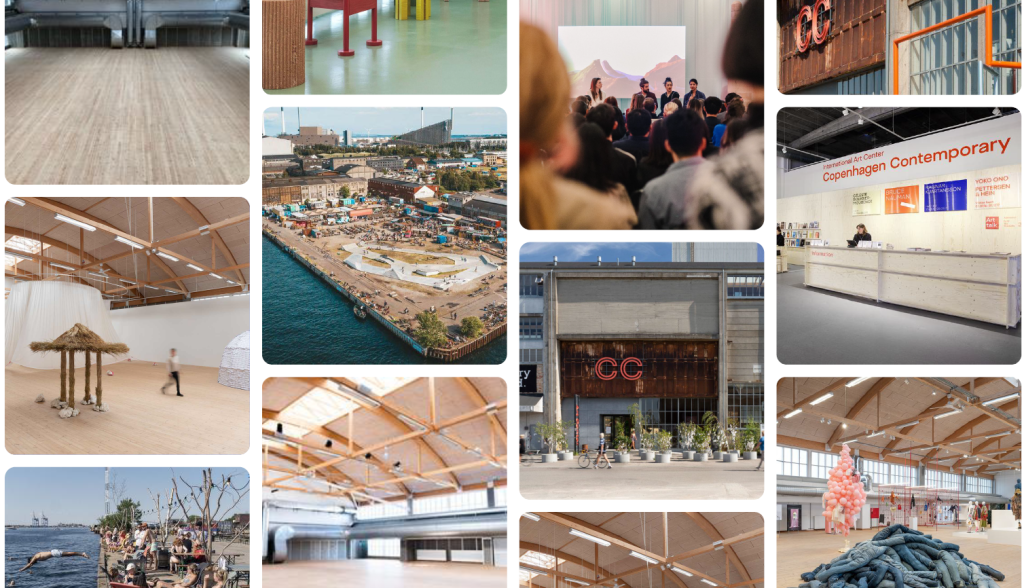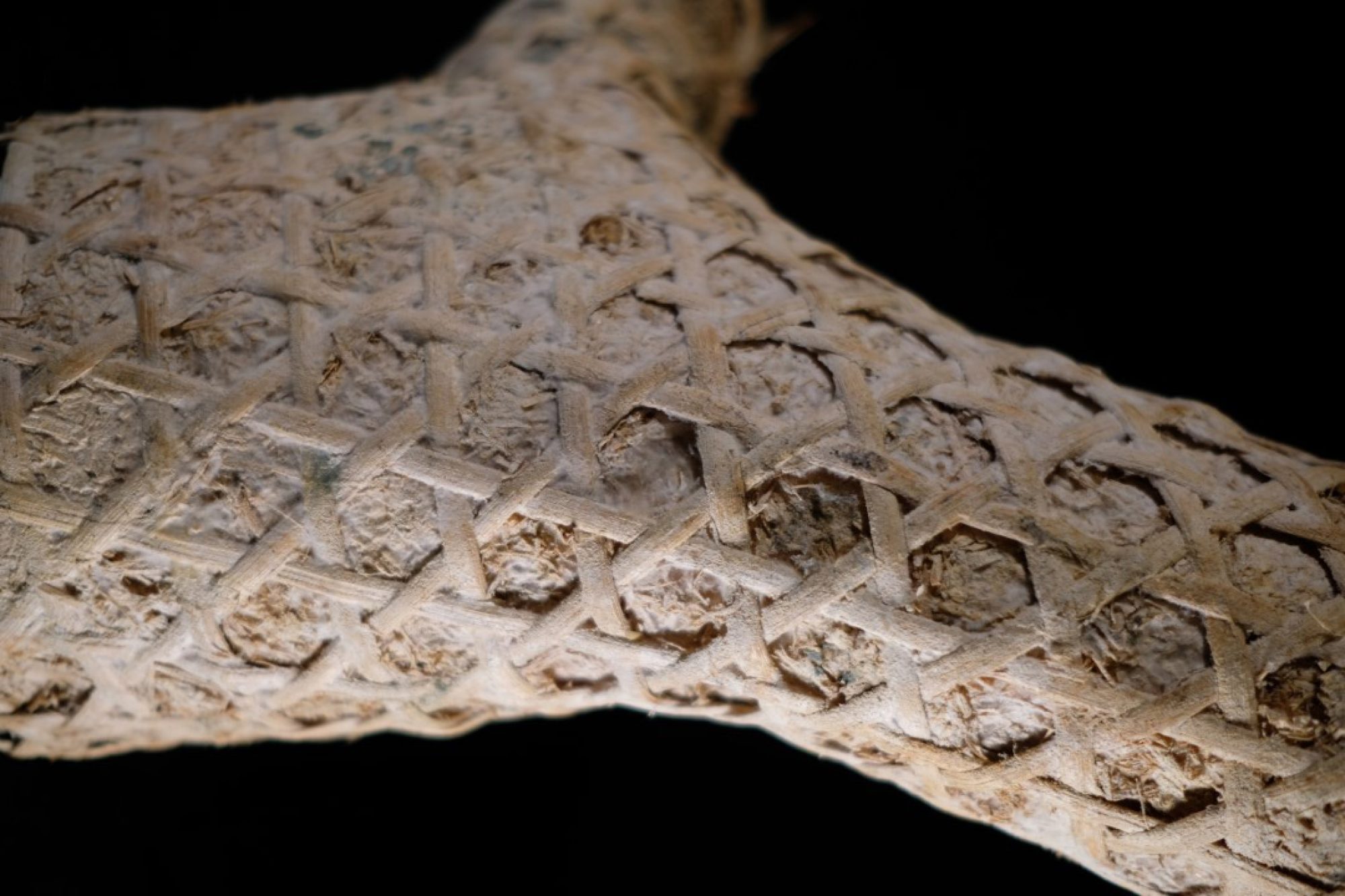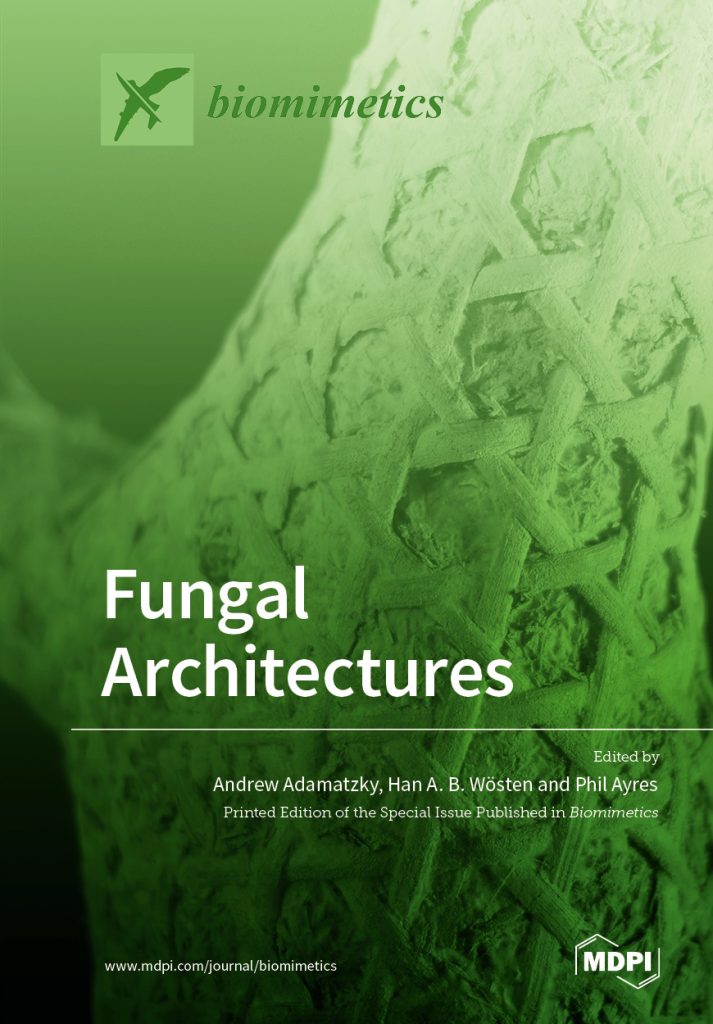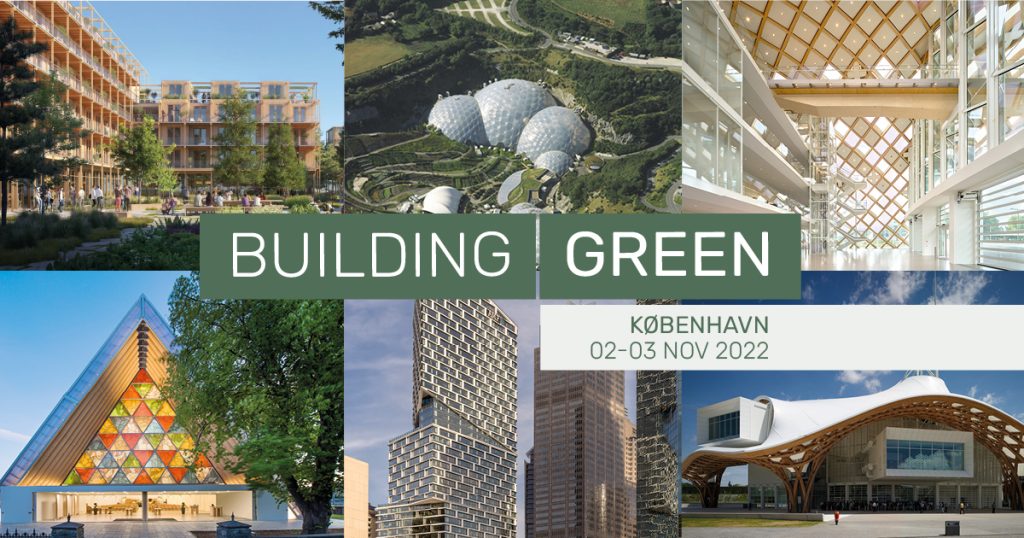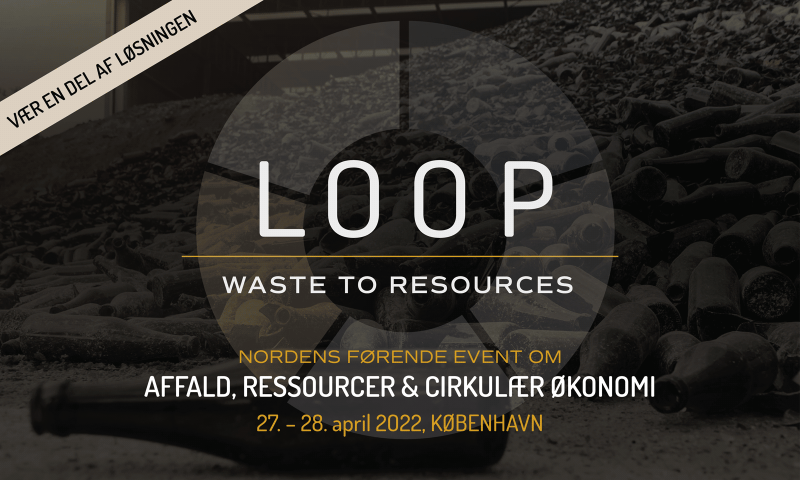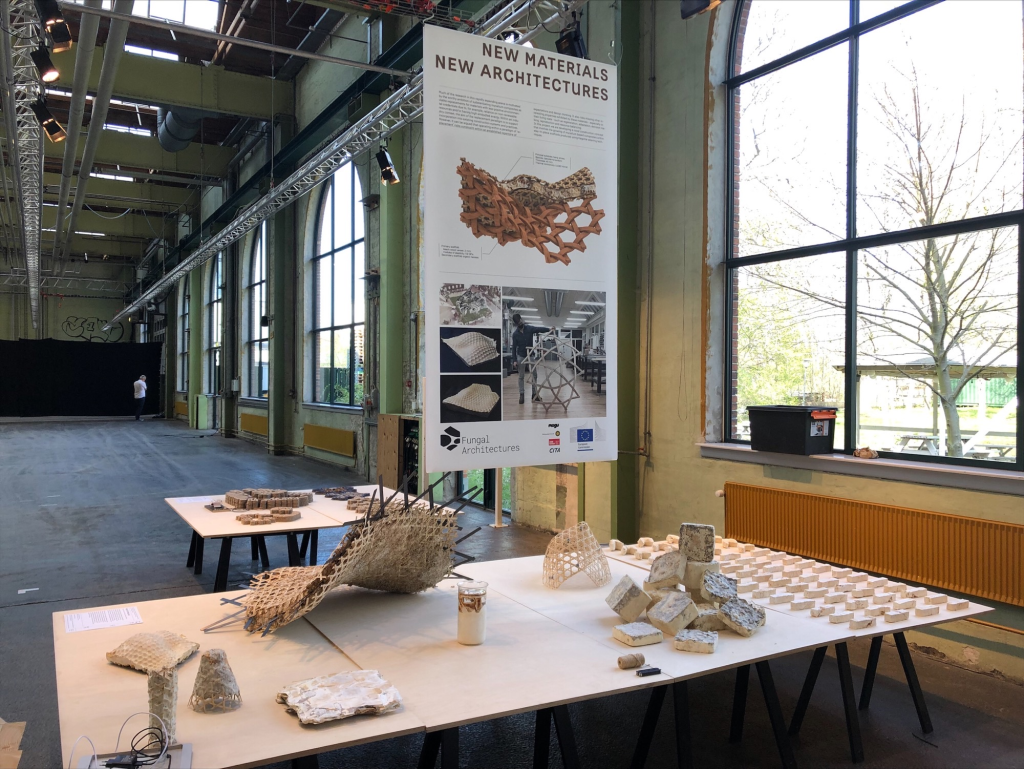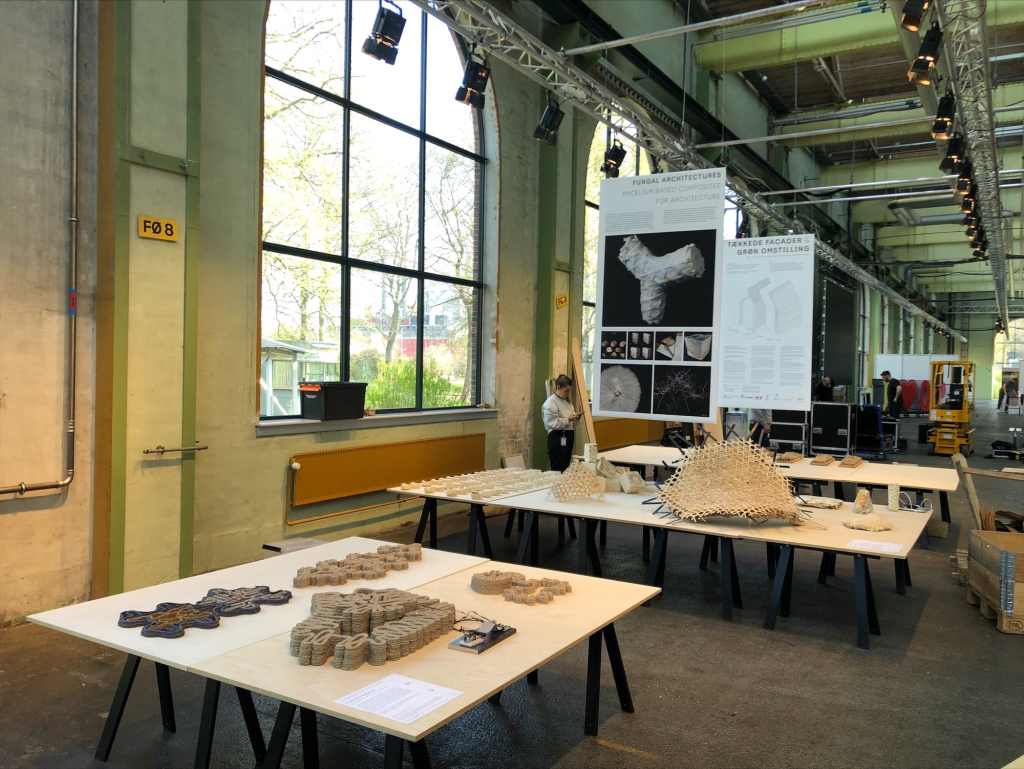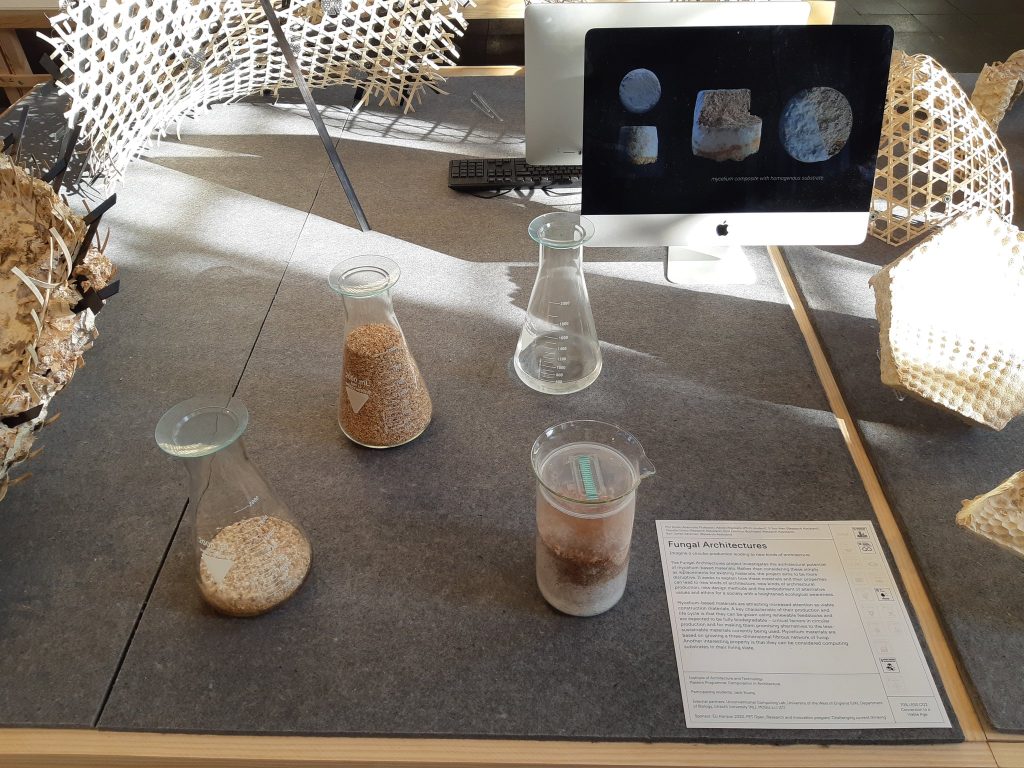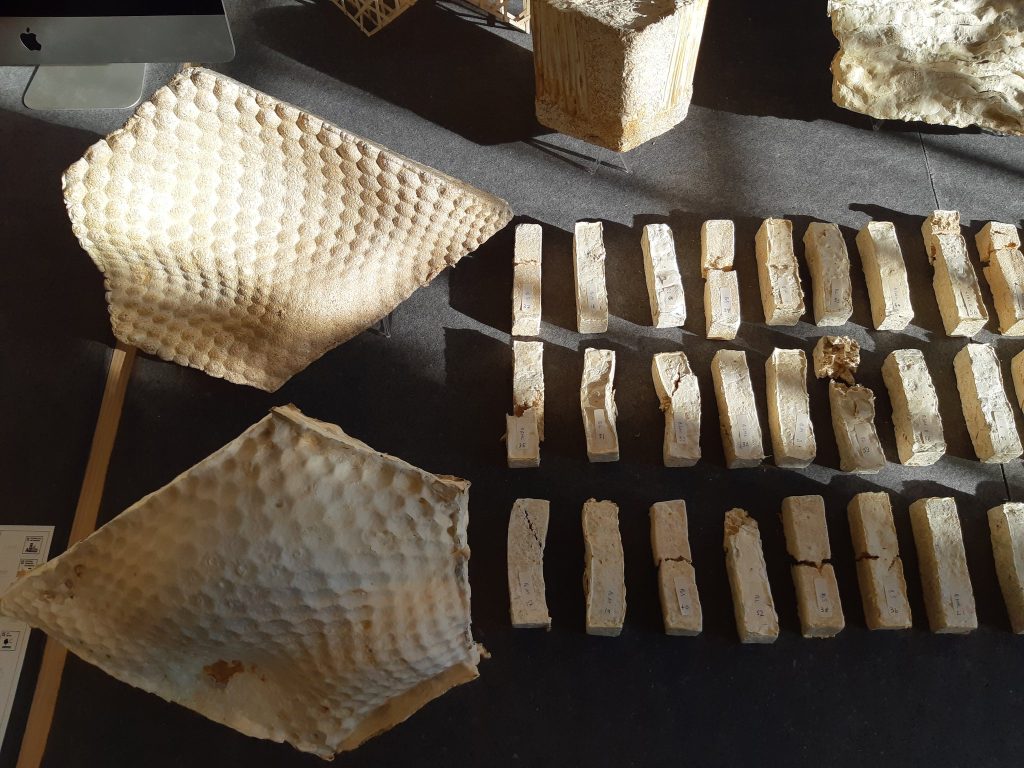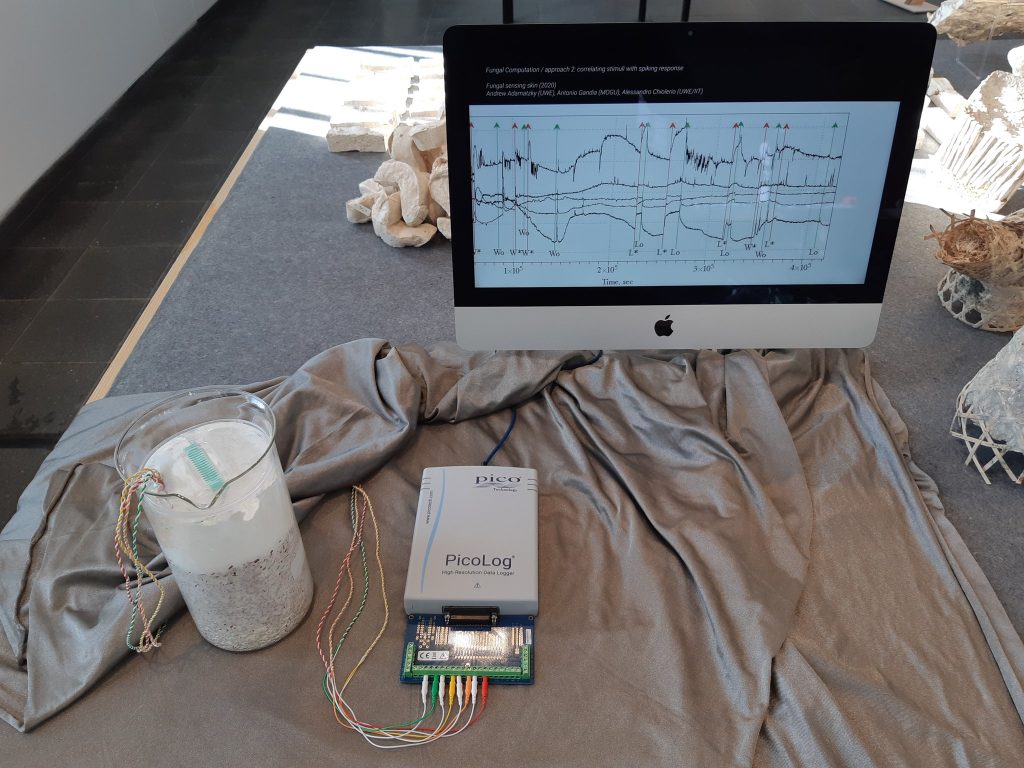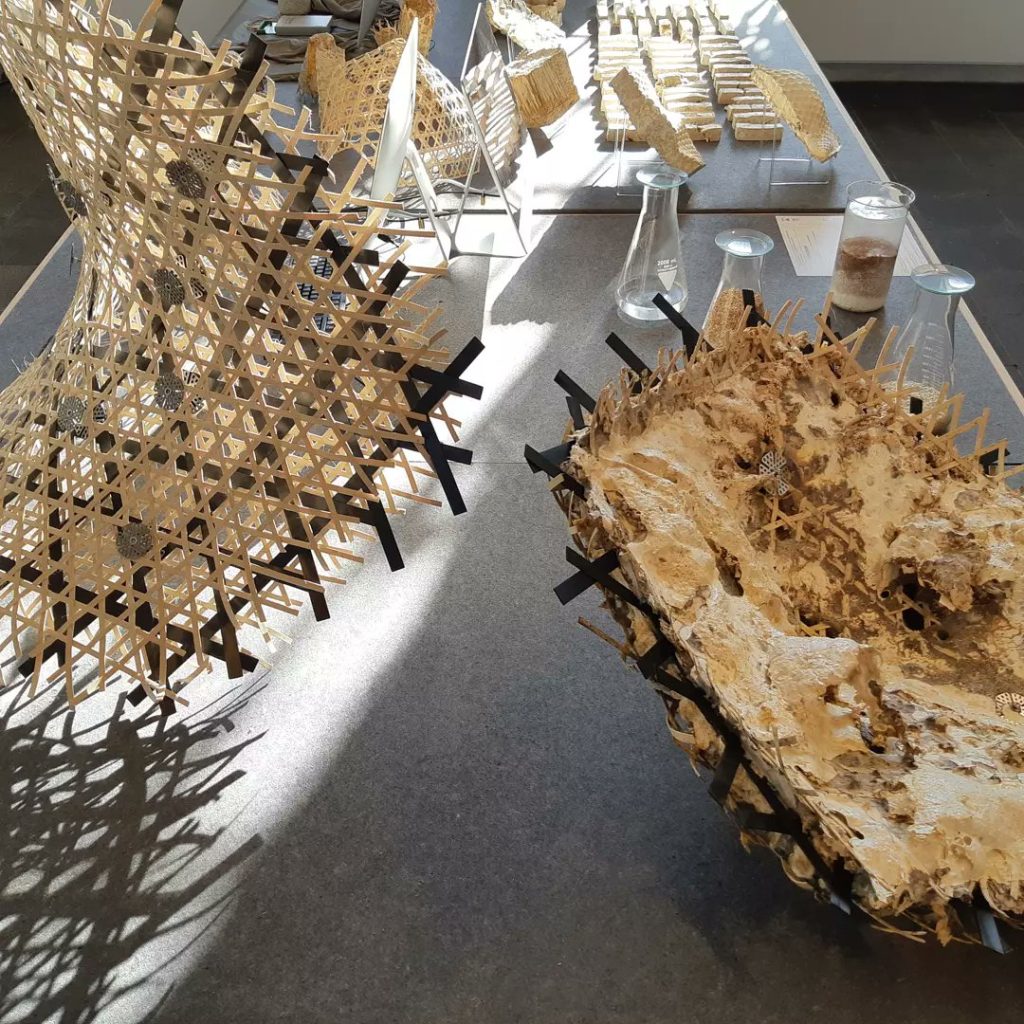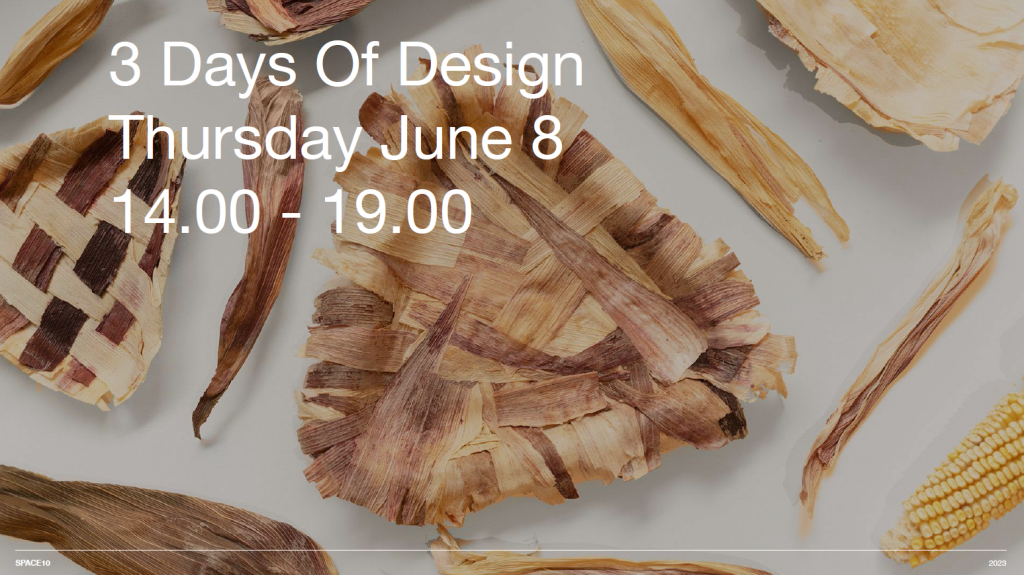
Materials of Tomorrow is a half day symposium exploring the potential of new sustainable materials within the design & architecture industries.
The event will feature voices from experts and practices that in various ways deal with and relate to circularity and regeneration through the lens of materials.
Partnership:
3 Days of Design
Material Matters
Office Kim Lenchow
SPACE10
Organizers:
SPACE10
3 Days of Design
Curator:
Office Kim Lenchow
Exhibitor:
Natural Materials Studio by Bonnie Hvillum
Hosts:
Grant Gibson, Co-founder, Material Matters
Helen Job, Head of Research, SPACE10
Speaker shortlist:
Caroline Till – FranklinTill, UK
Bonnie Hvillum – Natural Material Studies, Denmark
Kim Lenchow – Office Kim Lenchow, Denmark
Phil Ayres – Chair for Biohybrid Architecture, CITA / FUNGAR / FUNGATERIA
Ineke Hans, Studio Ineke Hans, Germany/Holland
Fernando Laposse – Designer, Mexico
Akanksha Deo Sharma – Designer, IKEA, Sweden
Flocus – Material start up, Italy, China and Netherlands
